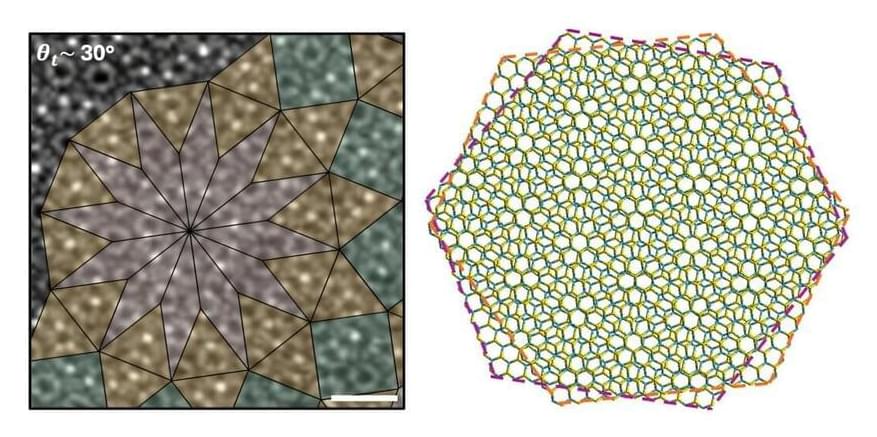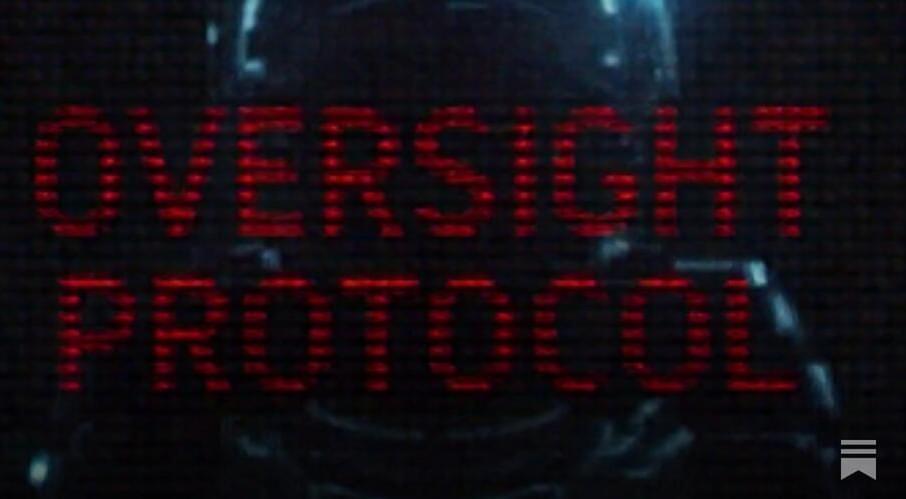A new vortex electric field with the potential to enhance future electronic, magnetic and optical devices has been observed by researchers from City University of Hong Kong (CityUHK) and local partners.
The research, “Polar and quasicrystal vortex observed in twisted-bilayer molybdenum disulfide” published in Science, is highly valuable as it can upgrade the operation of many devices, including strengthening memory stability and computing speed.
With further research, the discovery of the vortex electric field can also impact the fields of quantum computing, spintronics, and nanotechnology.








